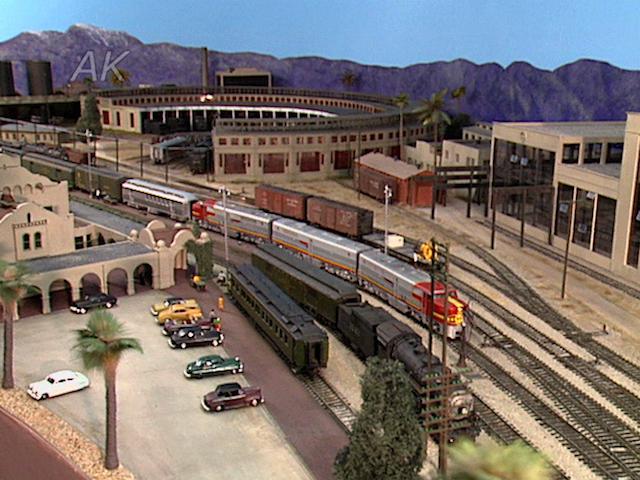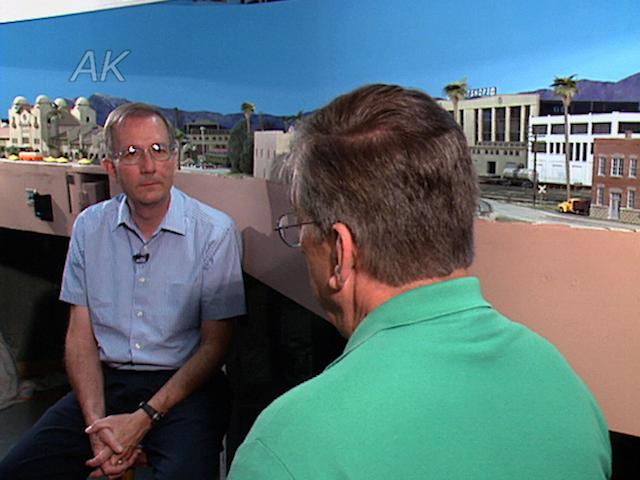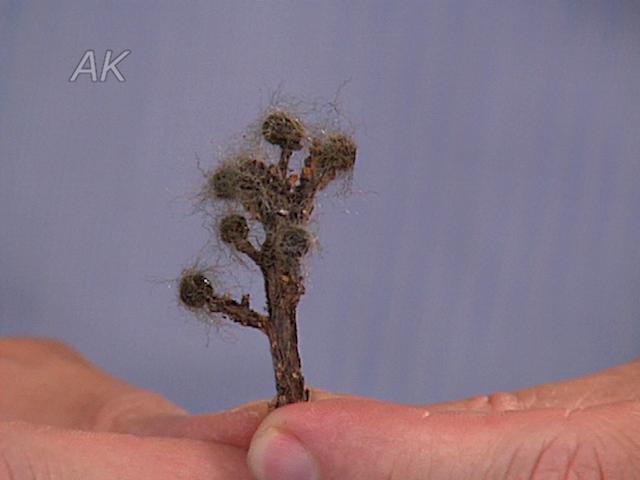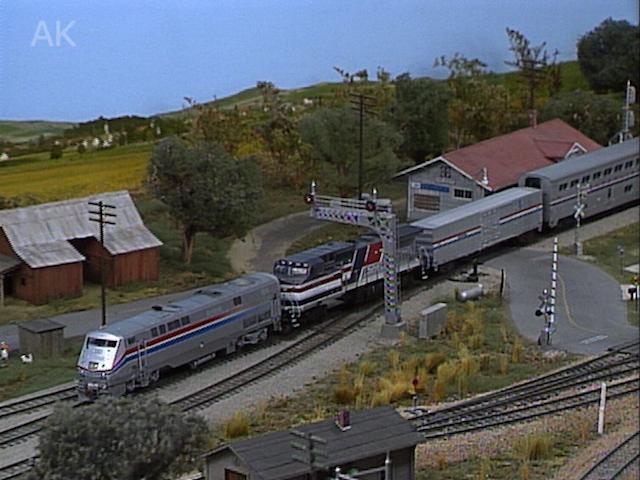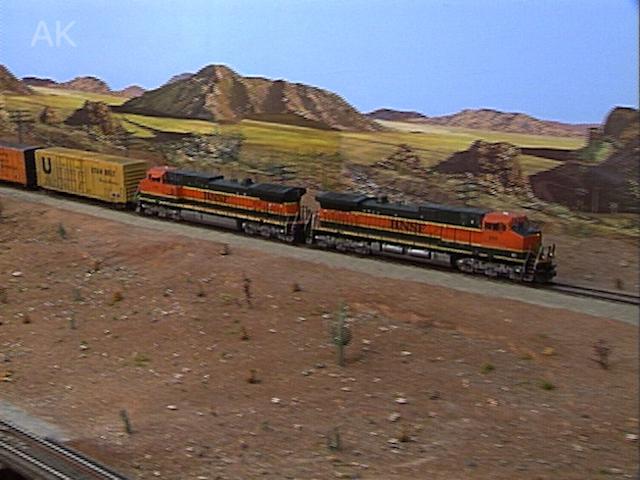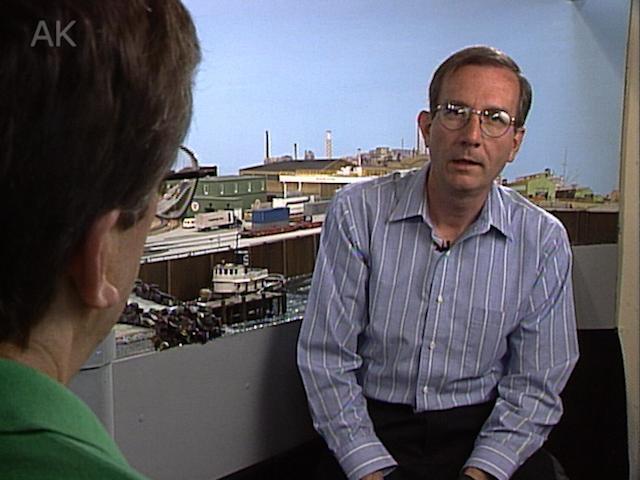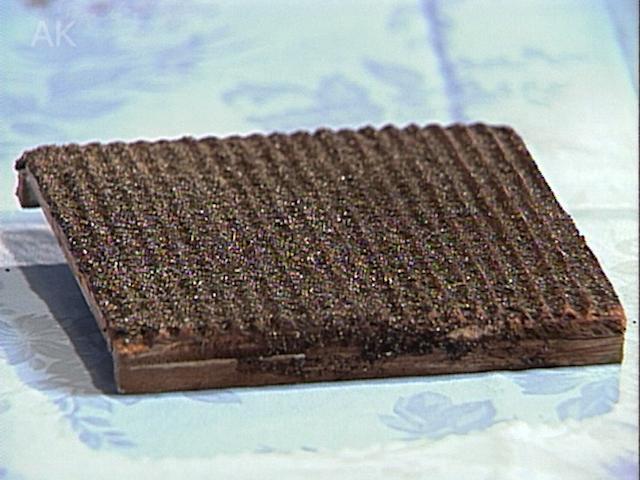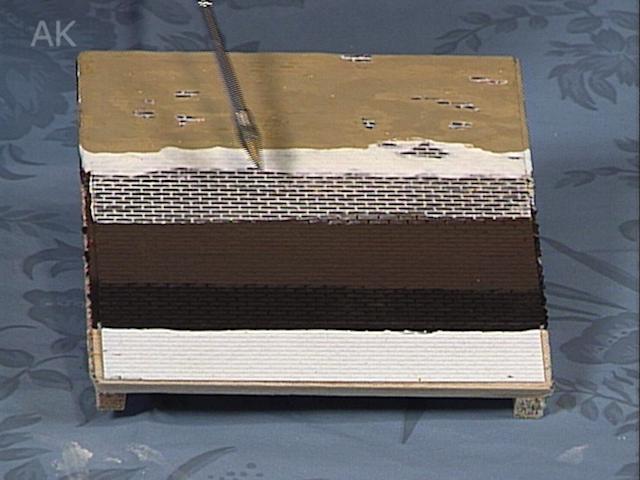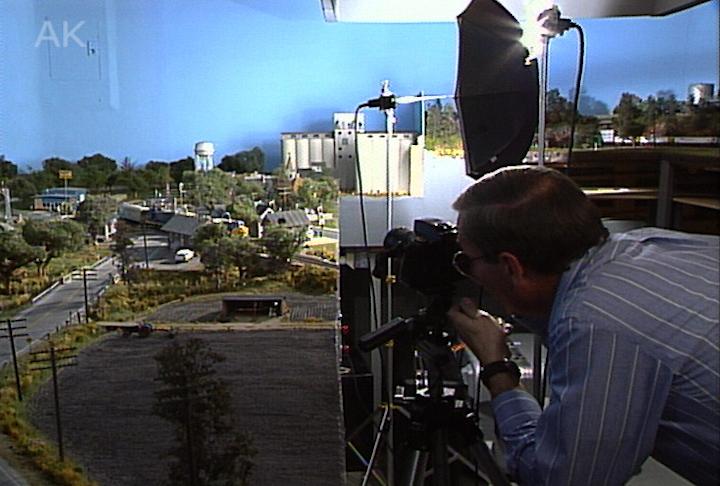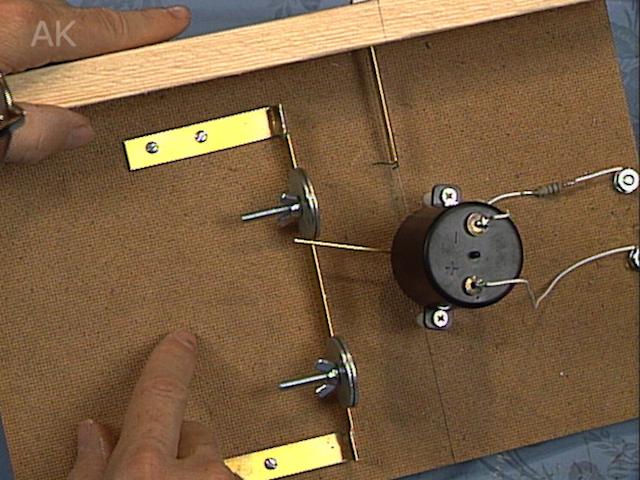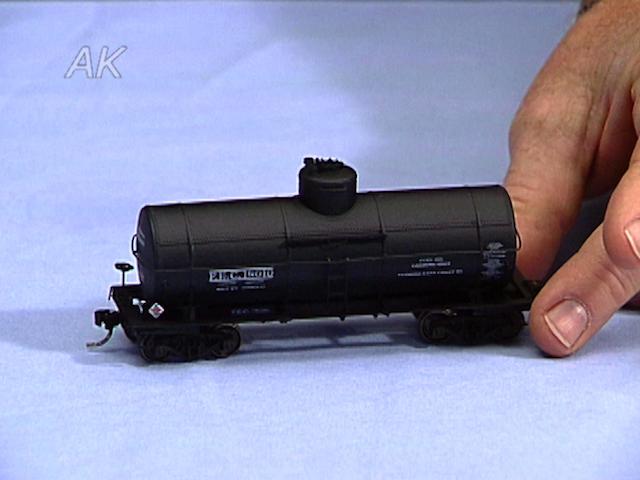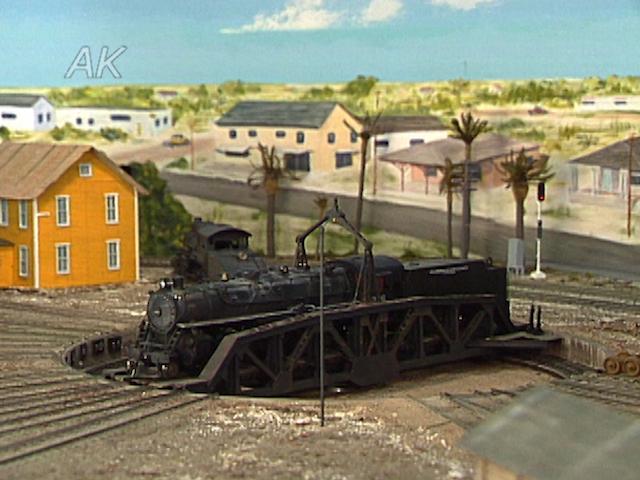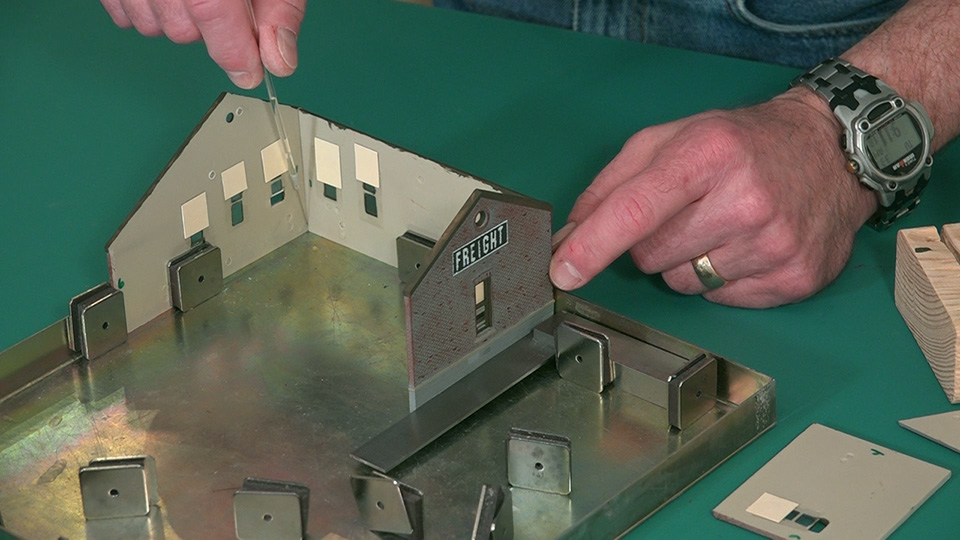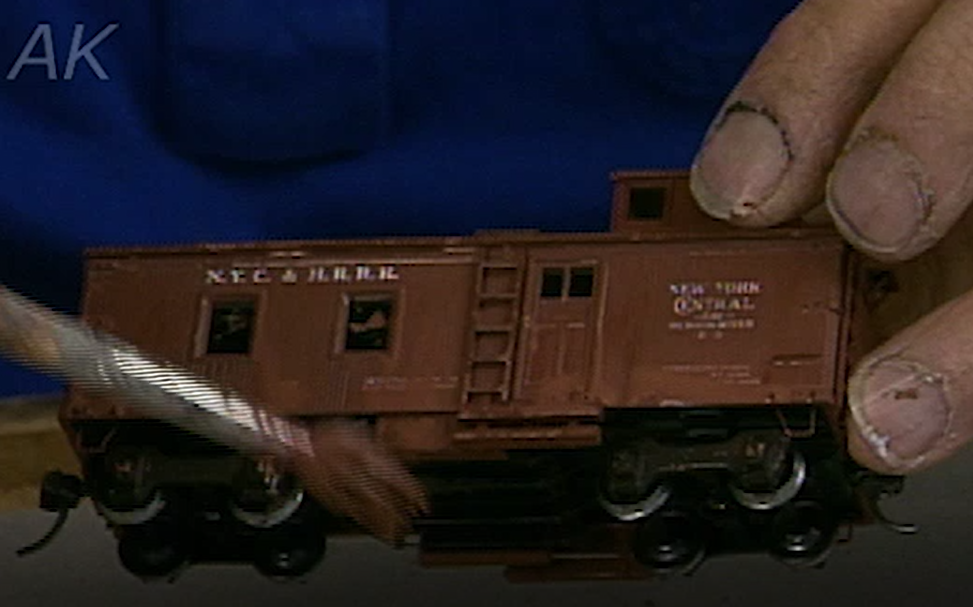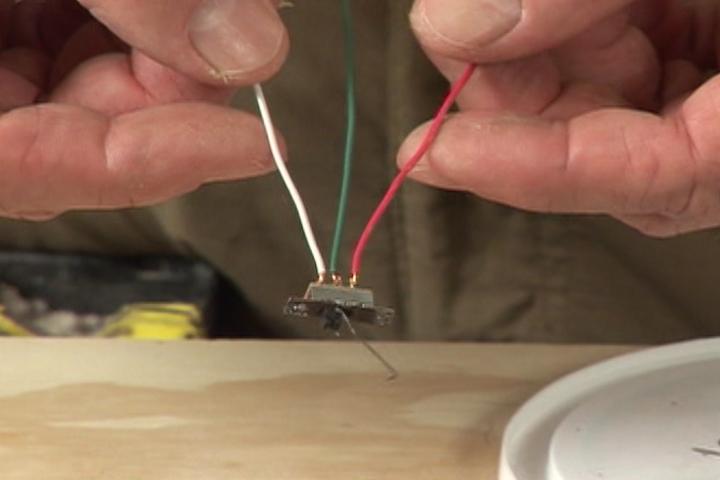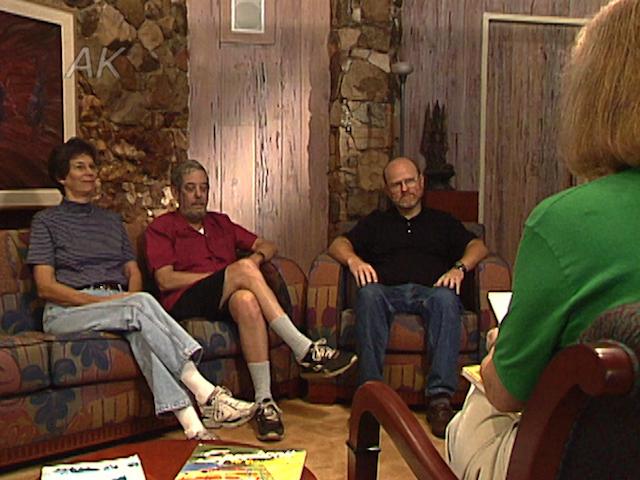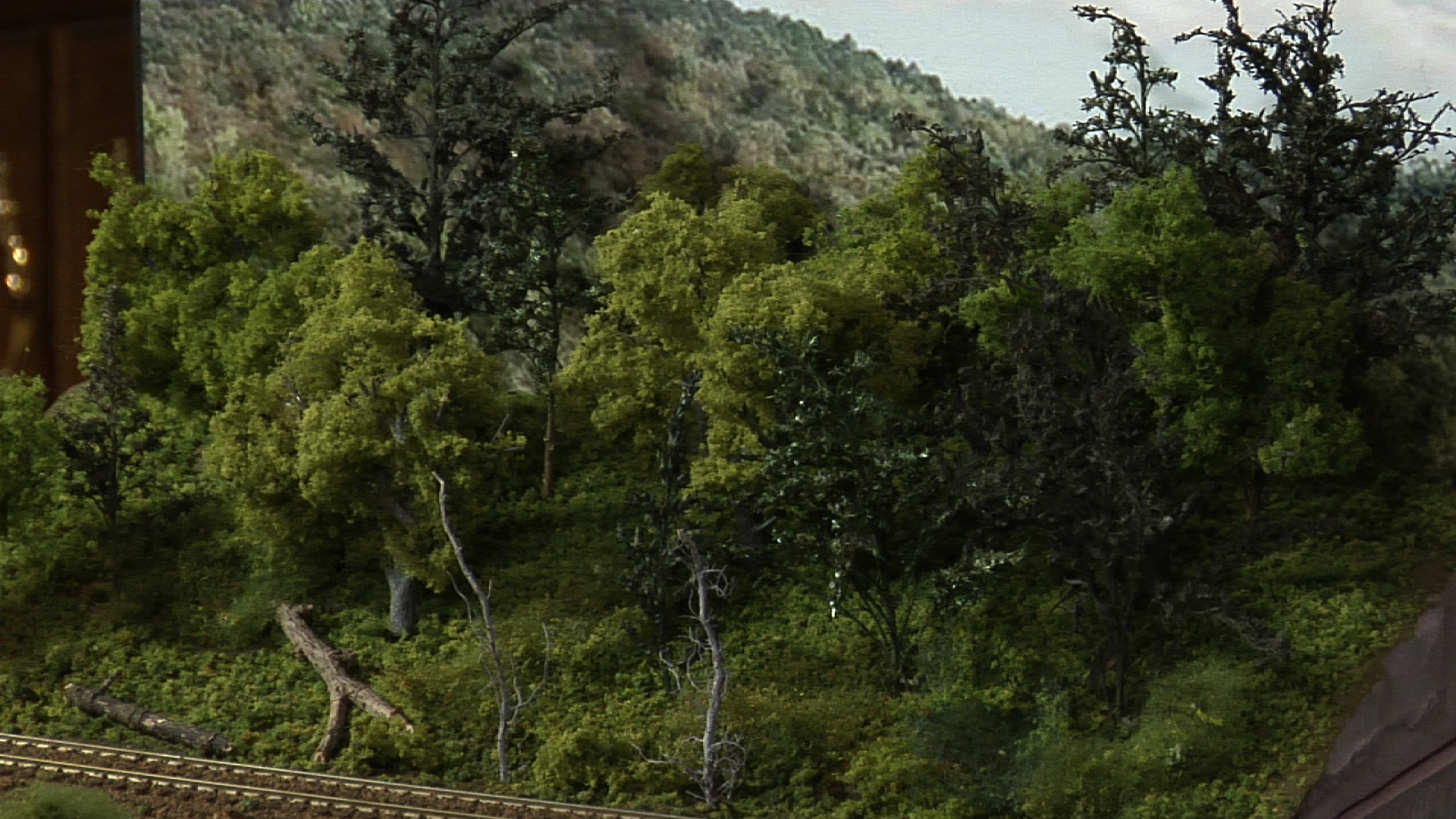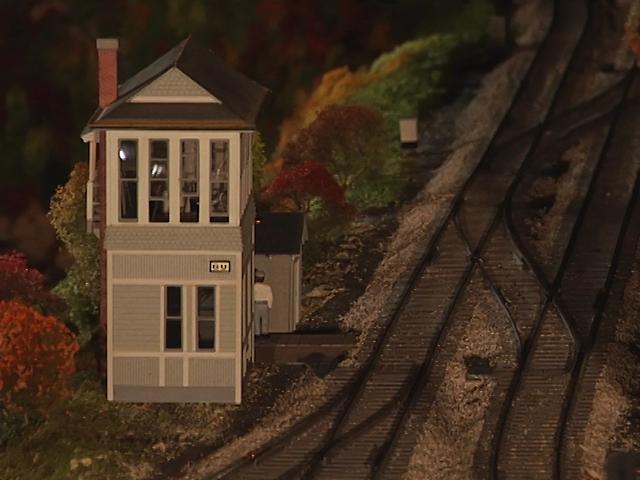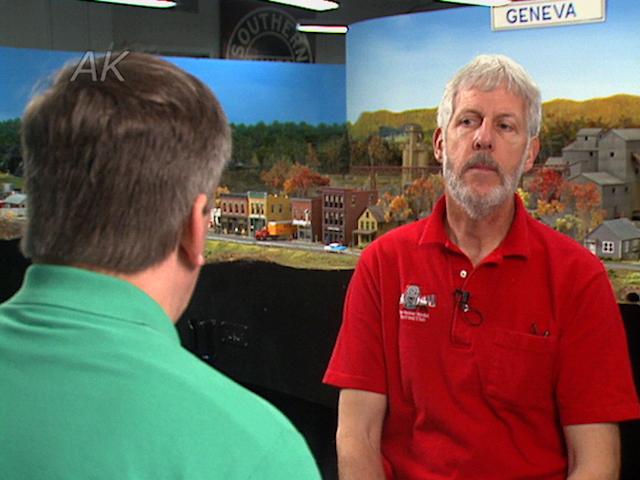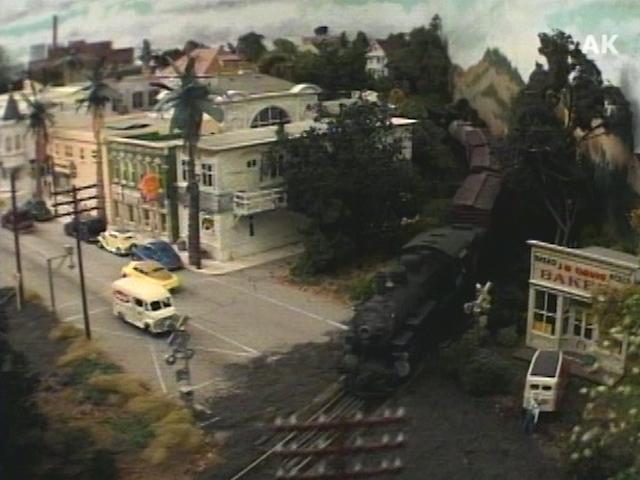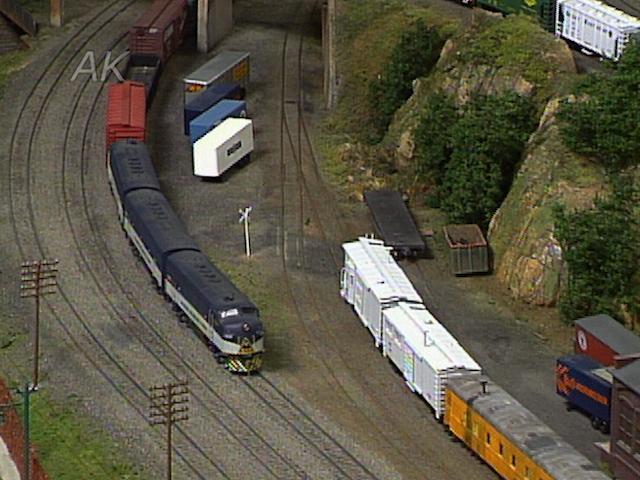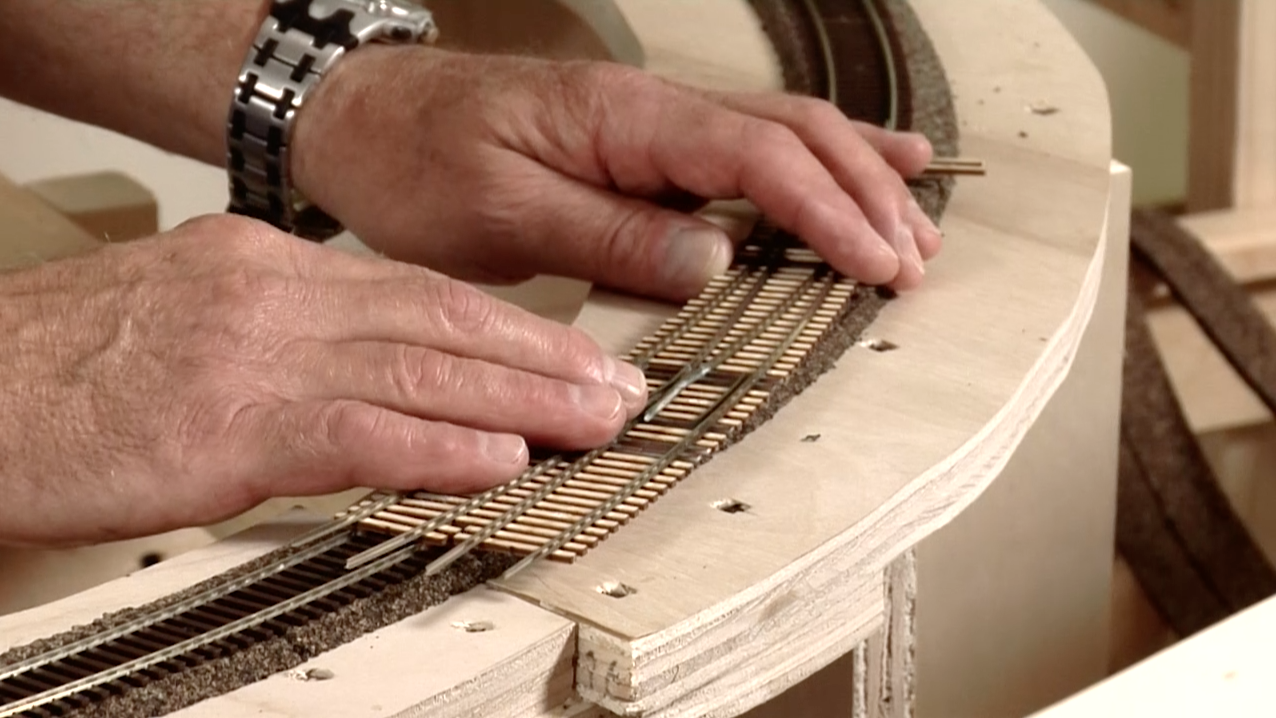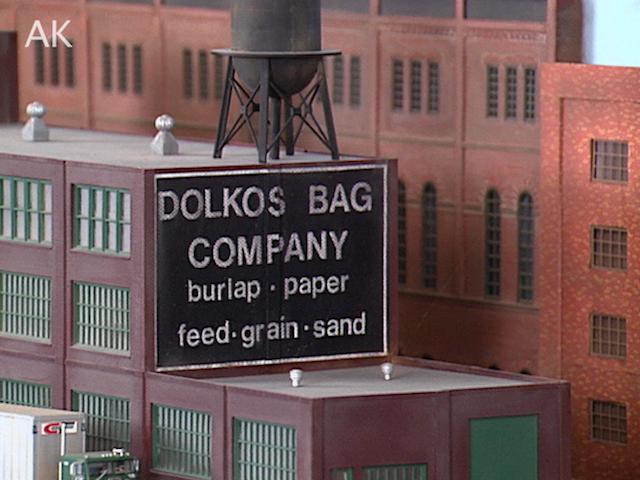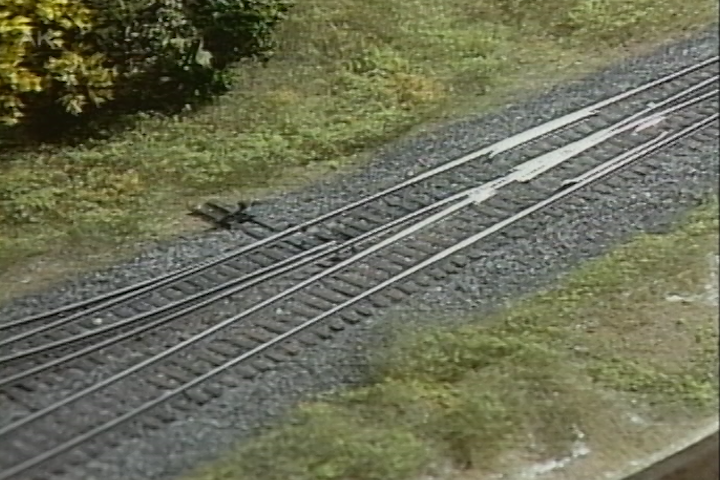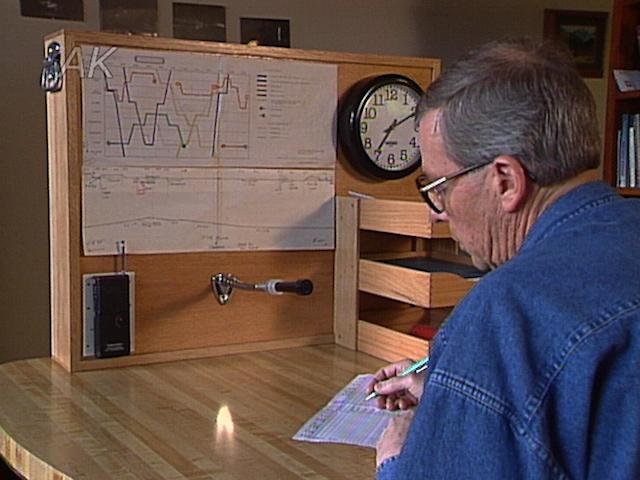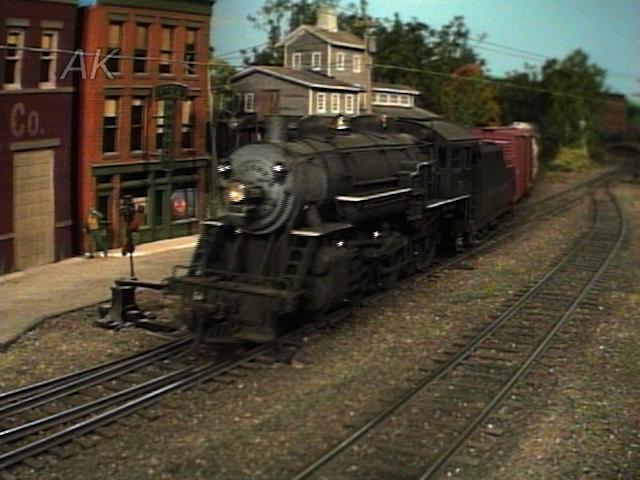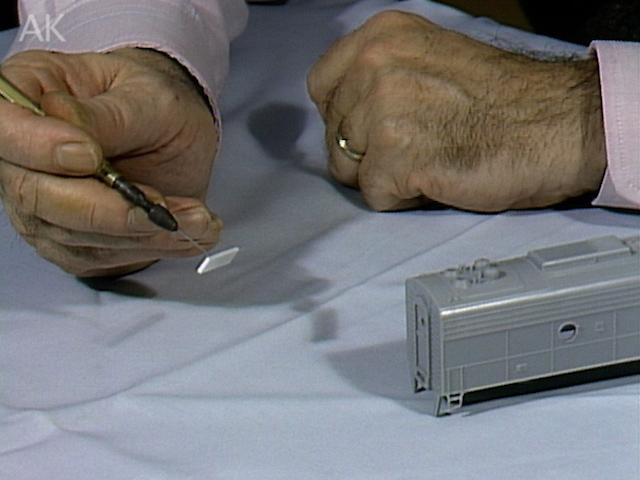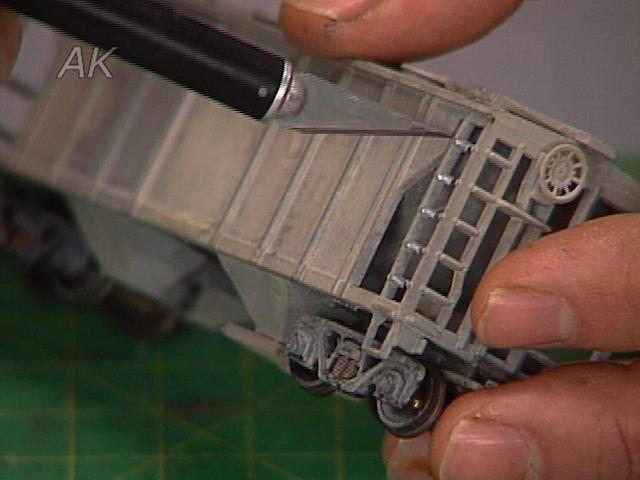
Installing Semaphore Signals with Gary Hoover
Gary HooverGary Hoover likes to use semaphore signals on his Missouri, Kansas and Quincy model railroad. However, one problem with the semaphores is that they can be difficult to adjust. To fix this issue, he has come up with a device to adjust them easily and accurately. It is run by a switchmaster slow motion switch machine. He uses a Tomar semaphore signal.
The switchmaster switch machine has a throw rod coming out. To stop the throw bar at the proper up and down position, he has used pieces of half inch wide brass bent at a 90 degree angle. The other piece is soldered on. Every piece is bolted down onto the mount. To be able to get the needed fine adjustment, the blade must be stopped either in the horizontal or vertical position. Too do this, the wingnuts just need to be loosened and the washer assembly rolled either up or down to find the right position.
The Tomar semaphore has a push rod coming down from the blade. Hoover forms a loop of wire at the bottom so the throw rod from the switchmaster fits through. It’s important on the semiphores to leave a bit of gap between the push rod coming down from the blade and the throw rod coming out of the switchmaster. This is important because when the motor goes through its arch, the wires should not end up bending. If it was too compressed and the wire bent, it wouldn’t run smoothly. To hold everything together Hoover uses aircraft wheel collars. Allen goes on to ask what Hoover wants people to remember from his layout. Watch the full video to hear his reply.
Explore videos by Gary Hoover
You may be interested in
Premium Membership
Unlock exclusive member content from our industry experts.
- 24/7 Access to Premium Model Railroading Videos, Projects, and Tips
- Step-by-Step Instructional Guides & Layout Plans
- 50% Off Video Downloads Purchased in the Model Railroad Academy Shop
- Access to Ask the Expert Program
Unlock exclusive member content from our industry experts.
- 24/7 Access to Premium Model Railroading Videos, Projects, and Tips
- Step-by-Step Instructional Guides & Layout Plans
- 3 Full-Length Video Downloads to Watch Offline
- 50% Off Video Downloads Purchased in the Model Railroad Academy Shop
- Access to Ask the Expert Program
Gold Membership
$326 Value
Get everything included in Premium plus exclusive Gold Membership benefits.
- 24/7 Access to Premium Model Railroading Videos, Projects, and Tips
- Step-by-Step Instructional Guides & Layout Plans
- 9 Full-Length Video Downloads to Watch Offline
- 2 Full-Length Classes to Keep for Life
- 2 Downloadable Guides
- Discounts on Purchase-to-Own Content in the Model Railroad Academy Shop
- Access to Ask the Expert Program
- Exclusive GOLD LIVE Streaming Events

